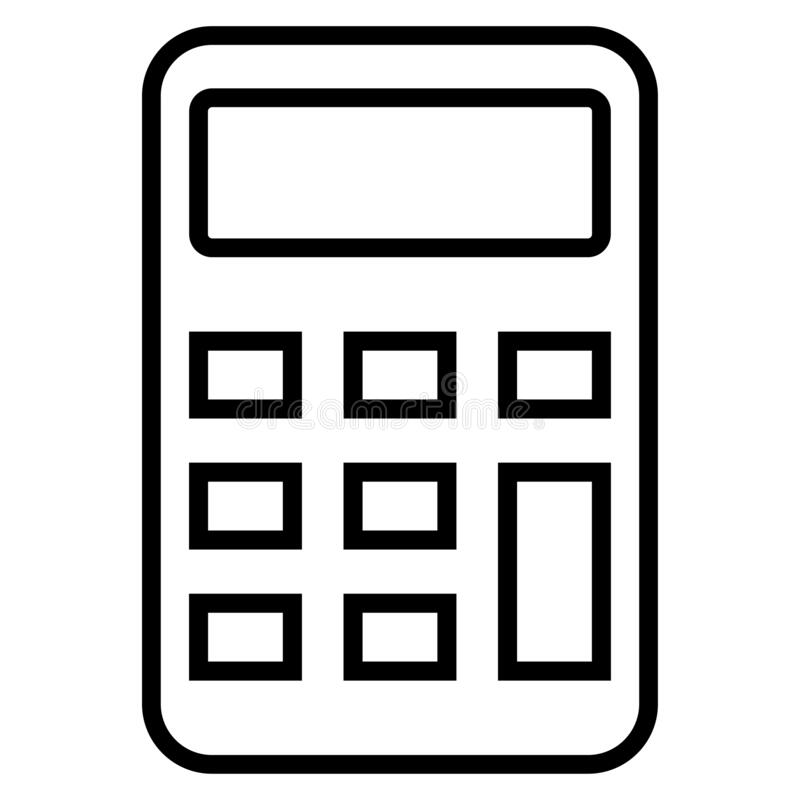What is a good rental yield? A landlord’s guide
Rental yield is a measure of how much rental income you can expect to earn from your property compared to its value. A good rental yield is essential for any landlord who wants to generate a positive return on their investment. In this guide, we’ll cover everything you need to know about rental yields and how to calculate them.
What is a rental yield?
Rental yield is a measure of the rental income generated by a property as a percentage of its value. In other words, it’s the return on investment that a landlord can expect to receive from renting out their property. Rental yield is calculated by dividing the annual rental income by the property’s value and multiplying it by 100.
Free Landlord Resources

Free Instant Valuation
See how much your property could get in rent.

Fee Saving Calculator
See how much you could save on property fees.
Yield calculator
Calculate your rental yield with our simple tool
Compliance Guide
Download your complete landlord compliance guide
How to calculate rental yield
Calculating rental yield is a straightforward process. Here’s how to do it:
- Determine the annual rental income: To calculate the annual rental income, you need to multiply the weekly rent by the number of weeks in a year. For example, if the weekly rent is £500, the annual rental income would be £26,000.
- Determine the property value: To determine the property value, you can use the purchase price of the property or its current market value.
- Calculate the rental yield: Divide the annual rental income by the property value and multiply it by 100 to get the rental yield percentage. For example, if the annual rental income is £26,000 and the property value is £400,000, the rental yield would be 6.5%.
Or to make it really easy – use our rental yield calculator.
What is a good rental yield?
A good rental yield can vary depending on the location and type of property. In general, a rental yield of 5-8% is considered good for a residential property. However, rental yields can be higher or lower depending on factors such as the area, property type, and local rental market conditions.
Factors that affect rental yield
Several factors can affect rental yield, including:
- Location: Properties in high-demand areas with low vacancy rates generally have higher rental yields.
- Type of property: Certain property types, such as apartments, may have higher rental yields than others.
- Local rental market conditions: Rental yields can be affected by local rental market conditions, such as supply and demand, rental rates, and tenant demographics.
FAQs
1. What is a gross rental yield?
Gross rental yield is a measure of the total rental income generated by a property compared to its value. It is calculated by dividing the annual rental income by the property’s value.
2. What is a net rental yield?
Net rental yield is a measure of the rental income generated by a property after deducting expenses such as maintenance, repairs, and property management fees. It is calculated by dividing the annual net rental income by the property’s value.
3. Is a higher rental yield always better?
Not necessarily. A higher rental yield may indicate a property with higher risk or lower capital growth potential. It’s important to consider other factors, such as location and property type, when evaluating rental yield.
Conclusion
Understanding rental yield is crucial for any landlord who wants to generate a positive return on their investment. A good rental yield can vary depending on the location and type of property, but a yield of 5-8% is generally considered good for residential properties. By calculating rental yield and considering other factors, such as location and local rental market conditions, you can ensure a high enough rental yield to get the most out of your investment.
Free Landlord Resources

Free Instant Valuation
See how much your property could get in rent.

Fee Saving Calculator
See how much you could save on property fees.
Yield calculator
Calculate your rental yield with our simple tool
Compliance Guide
Download your complete landlord compliance guide

Meet Sam your local Expert
Sam has a wealth of experience across the private landlord and Build to Rent sectors. He has advised a wide range of clients across the whole of London on how to find great tenants, improve their assets and effectively market their properties for the best returns.
Our Trusted Partners





See if we can save you Money
As Featured on






